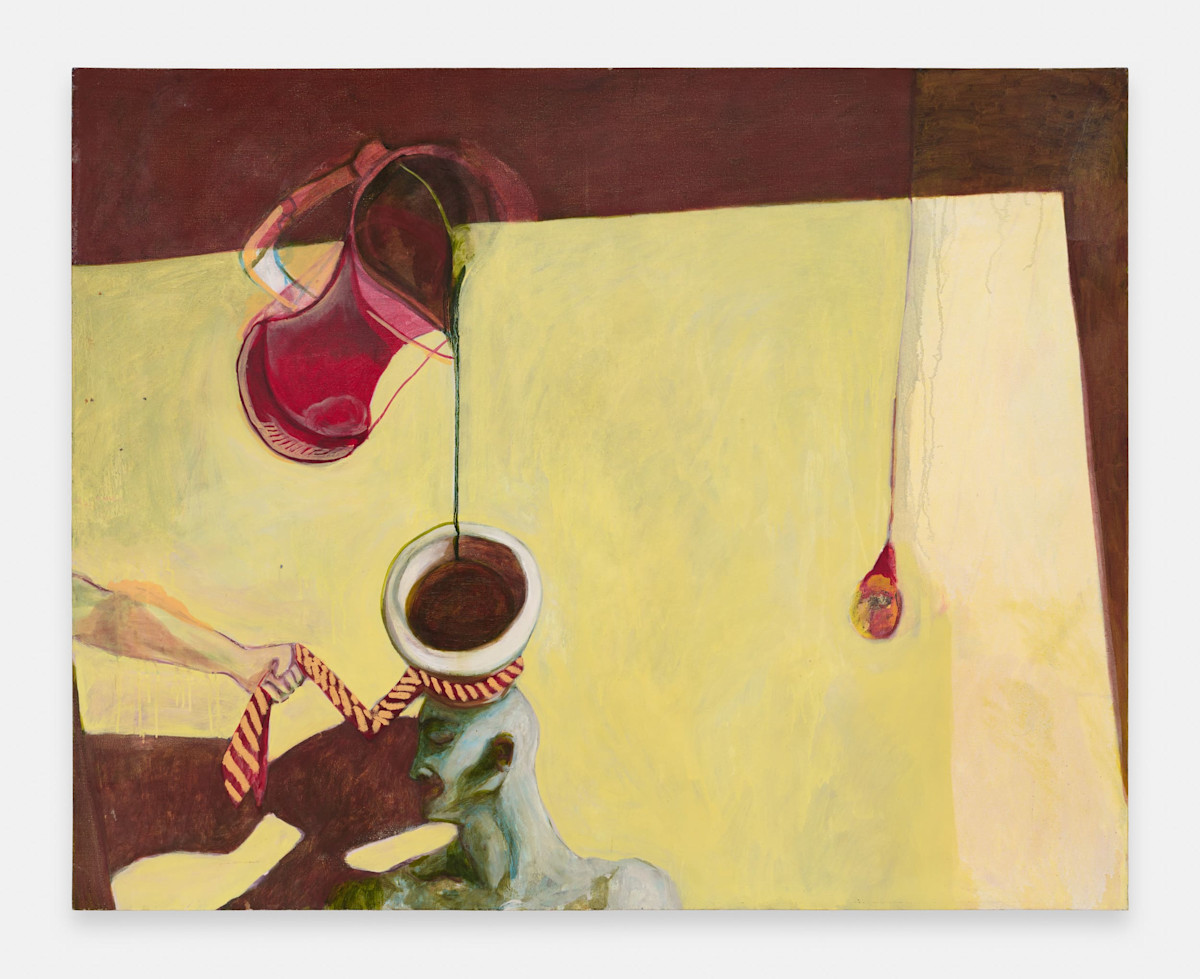Trained at Saint Martin’s School of Art before completing his MA at Goldsmiths College in 1990, Hamad’s aesthetic was sharp and clean, almost laboratory-like, and often dealt with themes of transformation, danger, and control. His most famous works used glass containers filled with toxic substances like chlorine gas or hydrochloric acid, acting as metaphors for invisible threat, the body’s vulnerability, and the fragility of existence. The artist’s most famous installation “Transmission”, shown at the Museum of Modern Art Oxford and later at the Tate in 1995, embodied this ethos: sterile glass flasks glowed ominously under neon light, balanced between seduction and menace. The work was a contemplation of contagion—both biological and societal—a reflection of his own experience living with HIV in a time when stigma often rendered those suffering invisible. Another element of the “Transmission” installation (which was originally created in 1990) included a glass case that showcased the life cycle of flies, and it’s this piece that has recently hit news headlines again: his peer at Goldsmiths was Damien Hirst whose alarmingly similar artwork “A Thousand Years” also utilised live flies, but debuted after Transmission. Make of that what you will…
